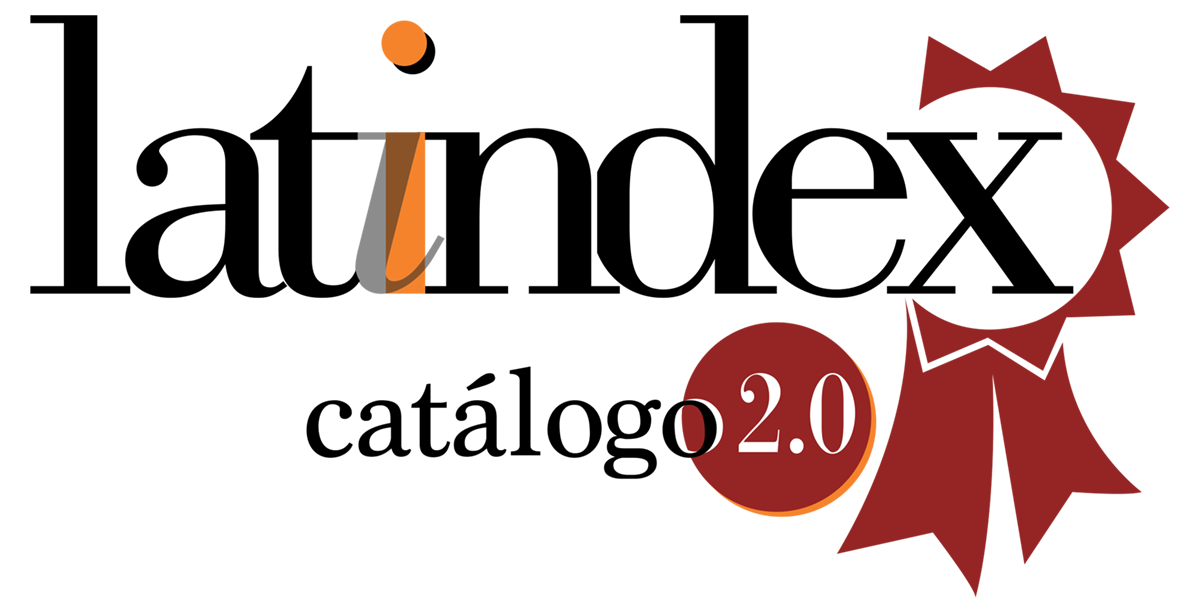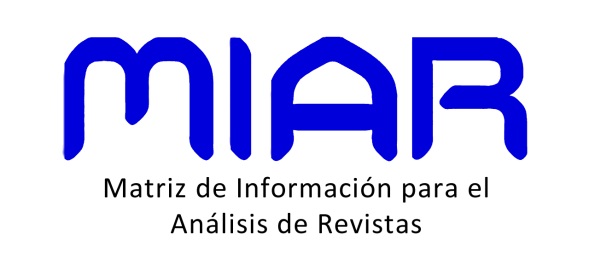Indeterminate notation and interpretation
Laying the foundations for an epistemology of practice in current indeterminate experimental works
DOI:
https://doi.org/10.24215/18530494e057Keywords:
interpretation, experimental music, semiotics, musical sign, technical reproductionAbstract
This study examines the connection between the performance of experimental music and the context that frames it. Although a realization supposes a creative process that depends on the musician who carries it out, the elaboration occurs more in function of the references that the same context produces. It is then understood that this type of repertoire has a stabilized epistemology of practice, a system of signs circumscribed to the demands of a style referenced by discography that sustains a problematic mode of production for this type of work: the reflex act (Alvear, 2021). To address it, I will take as example one of the pages of singularidad #1 (2016), piece by Chilean composer Santiago Astaburuaga, which is examined through a device that intermingles the semiotic theory of Charles Peirce and three types of signs, icons, indexes, and symbols; Walter Benjamin's theory of technical reproduction; and the notion of technique elaborated by Ben Spatz. The objective is to show that understanding the epistemology of interpretation involves laying the foundations for a process of exploration, in accordance with the concept of indeterminacy, of the possibilities of an experimental work.
Downloads
Metrics
References
Adorno, T. (2006). Escritos Musicales I-III. Akal.
Alvear, C. (2021). Dialecto interpretativo y acto reflejo : determinando lo indeterminado en singularidad # 1 ( 2016 ) de Santiago Astaburuaga. Revista 4’33’’, 1(2016), 79–97.
Astaburuaga, S. (2016). singularidad #1 [obra musical]. Sin editar.
Astaburuaga, S. (2018). Componer la duración de una experiencia musical: variaciones sobre las piezas grado de potencia #1, topializ, sin título #21, la perpetuidad del esbozo #3 y singularidad #3 [Tesis de doctorado, Universidad Nacional Autónoma de México] [tesis no publicada].
Austen. (2023). An Erstwhile & Elsewhere Interview [entrevista]. The Needle Drop. https://www.theneedledrop.com/interviews/2022/12/erstwhile-amp-elsewhere
Barrett, D. G. (2011). The silent network - The music of wandelweiser. Contemporary Music Review, 30(6), 449–470. https://doi.org/10.1080/07494467.2011.676895
Benjamin, W. (2020). Iluminaciones (3a ed.). Taurus.
Buck-Morss, S. (2005). Walter Benjamin, escritor revolucionario (L. Mariano (trans.); 1a ed.). La marca editora.
Cage, J. (2018). Silencio. Ardora.
Charles, D. (2001). La Fiction de la postmodernité selon l’esprit de la musique. P.U.F.
Danuser, H. (2017). Interpretación. Revista de Musicología, 39(1), 19–45.
Deledalle, G. (1996). Leer a Peirce hoy. Editorial Gedisa.
Gottschalk, J. (2016). Experimental Music Since 1970. Bloomsbury Publishing.
Johnson, T. (1982). Rational Melodies. Editions 75.
McNabb, D. (2018). Hombre, signo y cosmos. La filosofía de Charles S. Peirce. (1a edición). Fondo de Cultura Económica.
Melia, N. y Saunders, J. (2011). Introduction: What is wandelweiser?, Contemporary Music Review, 30(6), 445–448. https://doi.org/10.1080/07494467.2011.676893
Nicholls, D. (2012). Getting rid of the glue: The music of the New York school. The New York Schools of Music and the Visual Arts, 27(3), 17–56. https://doi.org/10.4324/9780203055465-7
Peirce, C. S. (2012). Obra filosófica reunida. Tomo I (1867-1893) (D. McNabb, trad.). Fondo de Cultura Económica.
Peirce, C. S. (2012). Obra filosófica reunida. Tomo II (1893-1913) (D. McNabb, trad.). Fondo de Cultura Económica.
Spatz, B. (2015). What a body can do: Technique as knowledge, practice as research. Routledge.
Sugimoto, T. (2009). 13&14 for Guitars [obra musical para guitarra]. Sin editar.
Sugimoto, T. (2018). Solo for guitar 1 [obra musical para guitarra]. Saboten Publication.
Thayer, W. (2006). El fragmento repetido. Escritos en estado de excepción. Metales Pesados.
Thut, S. (2017). About [Obra instrumentación abierta]. Obra de distribución libre.
Zama, Y. (2018, 21 de marzo). Elsewhere is here. Elsewhere. https://www.elsewheremusic.net/about/elsewhere-is-here
Published
How to Cite
Issue
Section
License
Copyright (c) 2023 Cristián Alvear

This work is licensed under a Creative Commons Attribution-NonCommercial-ShareAlike 4.0 International License.
Politica vigente desde octubre de 2019
La aceptación del manuscrito por parte de la revista implica la cesión no exclusiva de los derechos patrimoniales de los/as autores/as en favor del editor, quien permite la reutilización, luego de su edición (postprint), bajo una Licencia Creative Commons Atribución-NoComercial-CompartirIgual 4.0 Internacional (CC BY-NC-SA 4.0)
Acorde a estos términos, el material se puede copiar y redistribuir en cualquier medio o formato siempre que a) se cite la autoría y la fuente original de su publicación (revista y URL de la obra), se brinde el acceso a la licencia y se indique si se realizaron cambios; b) no se utilice el material para fines comerciales.
La cesión de derechos no exclusivos implica que luego de su edición (postprint) en Epistemus los/as autores/as pueden publicar su trabajo en cualquier idioma, medio y formato; en tales casos, se solicita que se consigne que el material fue publicado originalmente en esta revista.
Tal cesión supone, también, la autorización de los/as autores/as para que el trabajo sea cosechado por SEDICI, el repositorio institucional de la Universidad Nacional de La Plata, y sea difundido en las bases de datos que el equipo editorial considere adecuadas para incrementar la visibilidad de la publicación y de sus autores/as.
Asimismo, la revista incentiva a los/as autores/as para que luego de su publicación en Epistemus depositen sus producciones en otros repositorios institucionales y temáticos, bajo el principio de que ofrecer a la sociedad la producción científica y académica sin restricciones contribuye a un mayor intercambio del conocimiento global.

















